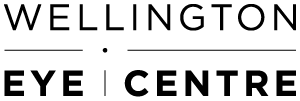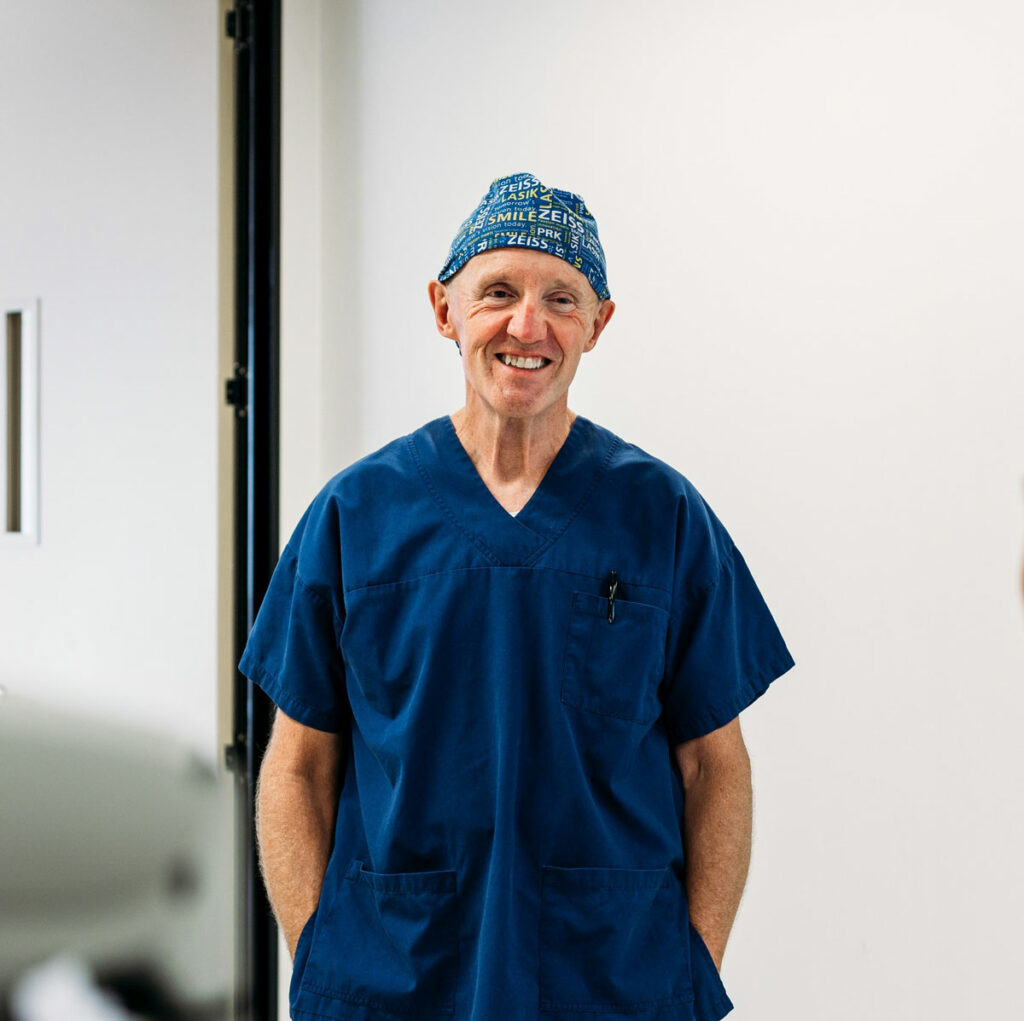
Wellington Eye Centre Ophthalmologist
Laser eye surgery has revolutionized the way we correct vision, offering alternatives to glasses or contact lenses for millions of people worldwide. The techniques currently used are SMILE®, LASIK, and PRK. Each procedure has its unique approach, benefits, and considerations. In this blog, we will delve into these differences to help those considering laser eye surgery make an informed decision.
Introduction to Laser Eye Surgery
Laser eye surgery refers to surgical procedures that use a laser to reshape the cornea, the clear front part of the eye. This reshaping helps to correct refractive errors, such as myopia (nearsightedness), hyperopia (farsightedness), and astigmatism, thus improving vision. Presbyopia, where you need reading glasses or progressive lenses for close work can also be corrected.
Understanding SMILE, LASIK, and PRK
SMILE (Small Incision Lenticule Extraction) is the newest of the three techniques. It is a minimally invasive procedure that involves creating a small, lens-shaped piece of tissue in the middle of the cornea and then removing it through a small incision, thereby reshaping the cornea. SMILE is currently used to correct myopia and astigmatism, but SMILE surgery for farsightedness is currently being developed.
LASIK (Laser-Assisted In Situ Keratomileusis) is the most popular laser eye surgery procedure worldwide. It involves creating a thin flap in the cornea using a femtosecond laser, such as the VisuMax® 800 laser. The surgeon then folds back the flap to allow reshaping of the underlying corneal tissue with an excimer laser. Then finally, repositions the flap back in place.
PRK (Photorefractive Keratectomy) is the first type of laser eye surgery for vision correction and is still in use today. Unlike LASIK, PRK does not involve creating a corneal flap. Instead, the outer layer of the cornea (the epithelium) is completely removed before reshaping the underlying corneal tissue with an excimer laser. The epithelium then heals and smoothes out over time.

Comparison of Procedures
1. Procedure Complexity and Recovery Time
- SMILE is considered less invasive than LASIK and PRK, with a smaller incision (about 2.4mm). Recovery is relatively quick, with most patients experiencing significant visual improvement within a few days.
- LASIK offers a rapid recovery time, with many patients reporting improved vision almost immediately after the procedure. The healing process for the flap is quick, usually within a few hours to a couple of days. However final healing of the flap edge is much slower, taking at least one year.
- PRK has a longer recovery time compared to SMILE and LASIK. Since the outer layer of the cornea is removed, it takes several days to regenerate and heal, which can result in discomfort and blurred vision during the initial healing process.
2. Suitability and Risks
- SMILE is suitable for patients with myopia and astigmatism, especially those with concerns about corneal flap complications or dry eyes post-surgery. The risk of flap complications is eliminated since no flap is created, and dry eye issues are much less common after SMILE surgery compared to LASIK surgery.
- LASIK is suitable for a wide range of refractive errors, including myopia, hyperopia, and astigmatism. However, patients with thin corneas may not be eligible. Risks include flap complications, though these are rare with the advancement of femtosecond laser technology.
- PRK is often recommended for patients with thin corneas or those at higher risk for corneal flap complications. The removal of the epithelium also eliminates the risk of flap complications. However, the longer healing time and the potential for more post-operative discomfort are considerations.
3. Visual Outcomes and Long-Term Results
- SMILE has shown excellent long-term stability and visual outcomes similar to LASIK for the correction of myopia and astigmatism. The procedure’s minimally invasive nature also contributes to its safety profile.
- LASIK has a long history of providing excellent visual outcomes with high patient satisfaction. The majority of patients achieve 20/20 vision or better. Long-term stability is generally good, though some patients may experience changes in their vision over time due to natural eye changes.
- PRK also offers excellent visual outcomes, comparable to LASIK in the long term. While the initial recovery is slower, the absence of a corneal flap makes PRK a better option for certain patients, including those with active lifestyles or specific occupational hazards.
Making the Right Choice
Choosing between SMILE, LASIK, and PRK involves considering several factors, including the patient’s specific vision correction needs, corneal thickness, lifestyle, and the potential risks and benefits of each procedure. Consulting with an experienced ophthalmologist who can provide a comprehensive evaluation and personalized recommendation is crucial.
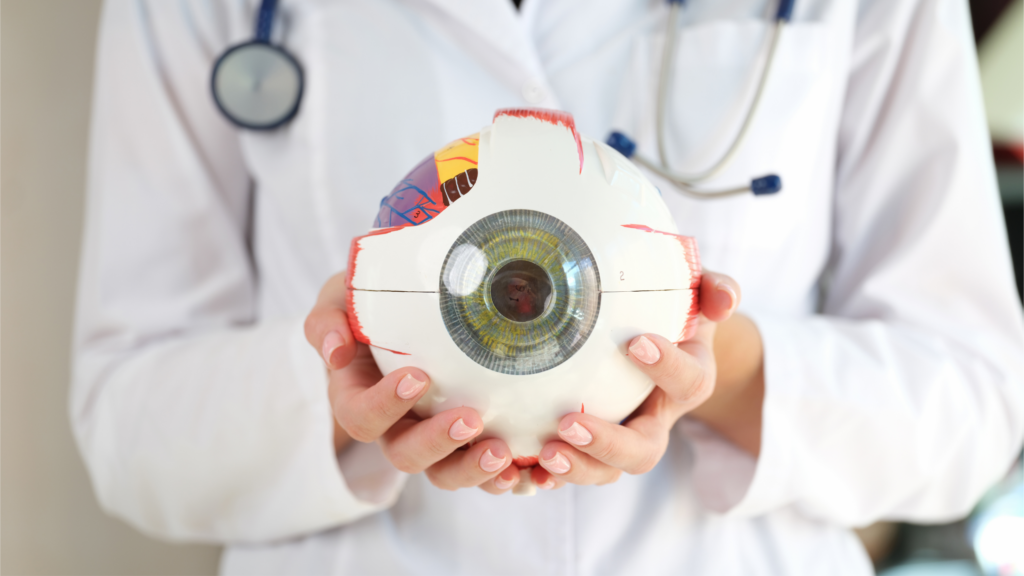
Conclusion
SMILE, LASIK, and PRK each offer a unique approach to correcting refractive errors. SMILE, with its minimally invasive procedure, is ideal for those with myopia and astigmatism, focusing on a quick recovery and minimal discomfort. LASIK, the most widely known and performed surgery, offers rapid visual recovery and is suitable for a broad range of vision impairments, providing most patients with immediate improvements in vision. PRK, while involving a longer recovery period, is preferred for patients with thin corneas or those who are ineligible for flap-based procedures, offering excellent long-term visual outcomes.
The decision between SMILE, LASIK, and PRK should be made after careful consideration of the individual’s specific vision needs, lifestyle, and the professional advice of an experienced ophthalmologist. Advances in technology and surgical techniques continue to improve the safety, effectiveness, and accessibility of these procedures. This means more people can enjoy the benefits of improved vision without the need for glasses or contact lenses.
Ultimately, the goal of any laser eye surgery is to enhance the quality of life through improved vision. Whether you opt for SMILE, LASIK, or PRK, understanding the differences, risks, and benefits of each procedure can help guide you towards making the best decision for your eyes. With the right preparation and care, laser eye surgery can provide a long-term solution to refractive errors, bringing you closer to experiencing the world with clearer, sharper vision.
Feel free to get in touch with the team at Wellington Eye Centre if you have any other questions or wish to book a consultation with Dr Logan. You can call us on 0800 733 327 or complete the contact form below.
SMILE® and VisuMax® are a registered trademark of Carl Zeiss Meditec.

Eight things our patients LOVE about having had laser eye surgery – the NZ winter edition!
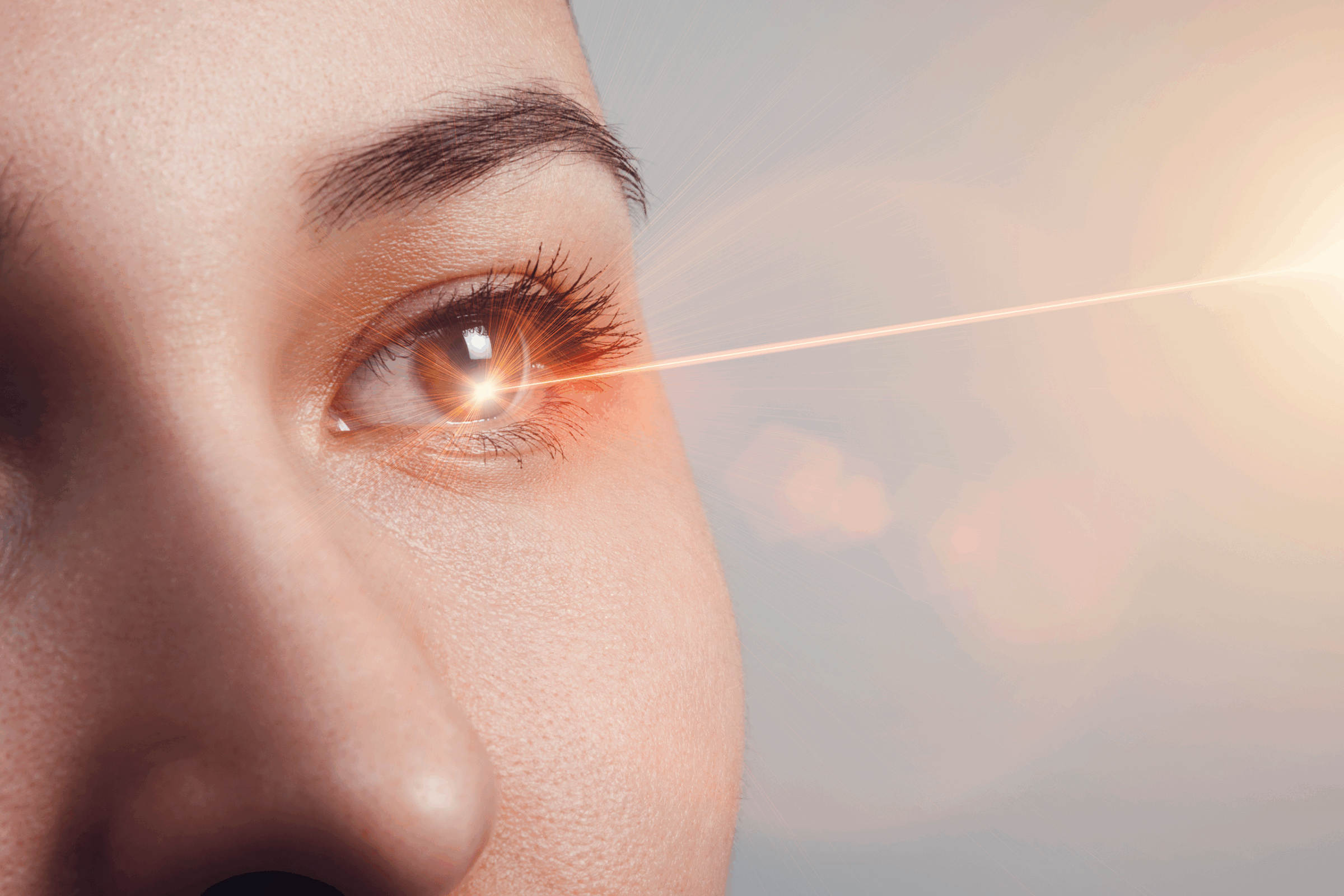
What is PRK or Photorefractive Keratectomy?

Can I have laser eye surgery if I’m pregnant?
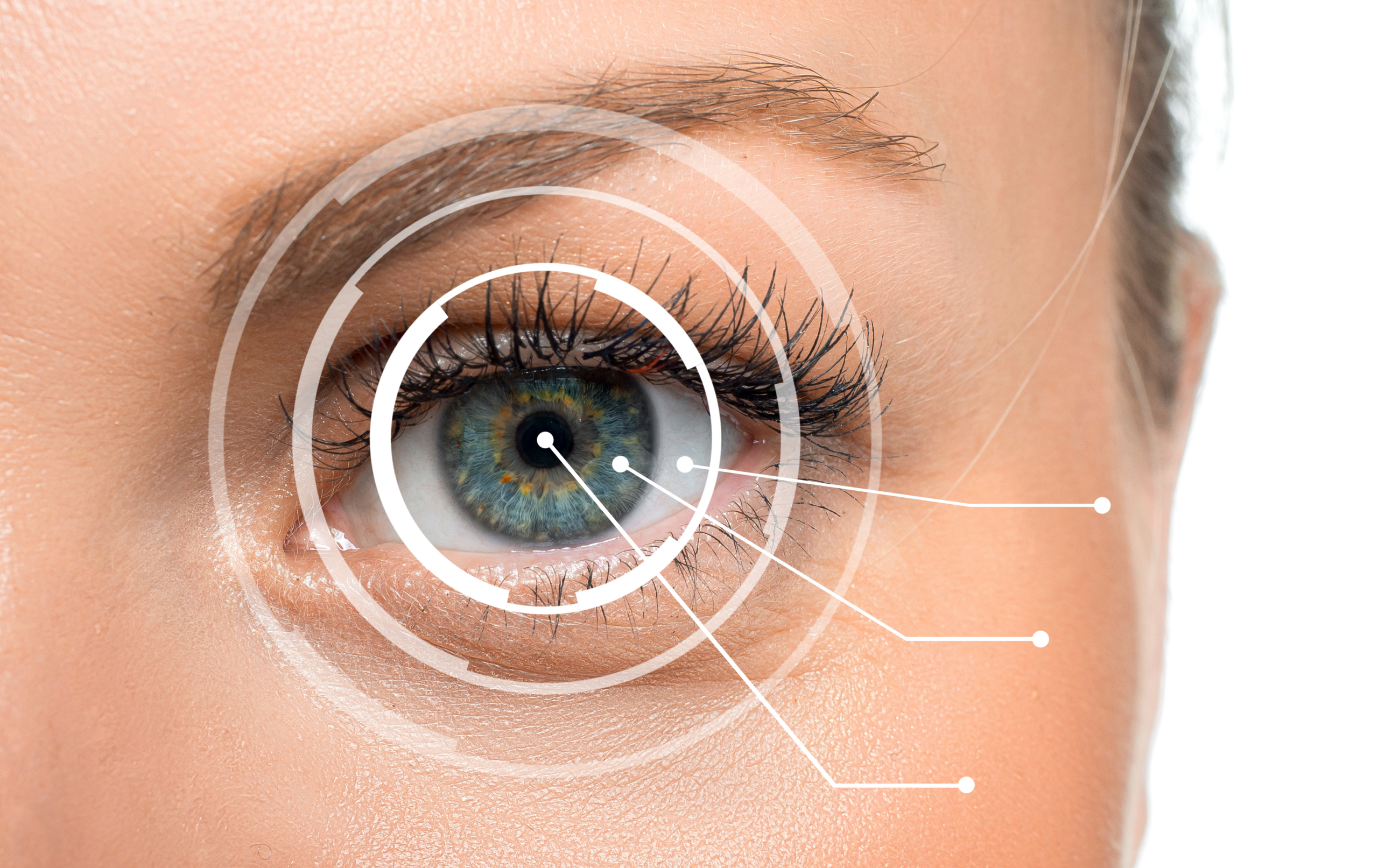
What Can Go Wrong During Your Laser Eye Surgery?

How Much Does Laser Eye Surgery Cost in 2024?

What are the differences between SMILE, LASIK and PRK laser eye surgery?

Eight things our patients LOVE about having had laser eye surgery – the NZ winter edition!

What is PRK or Photorefractive Keratectomy?

Marijuana’s effect on the eyes

